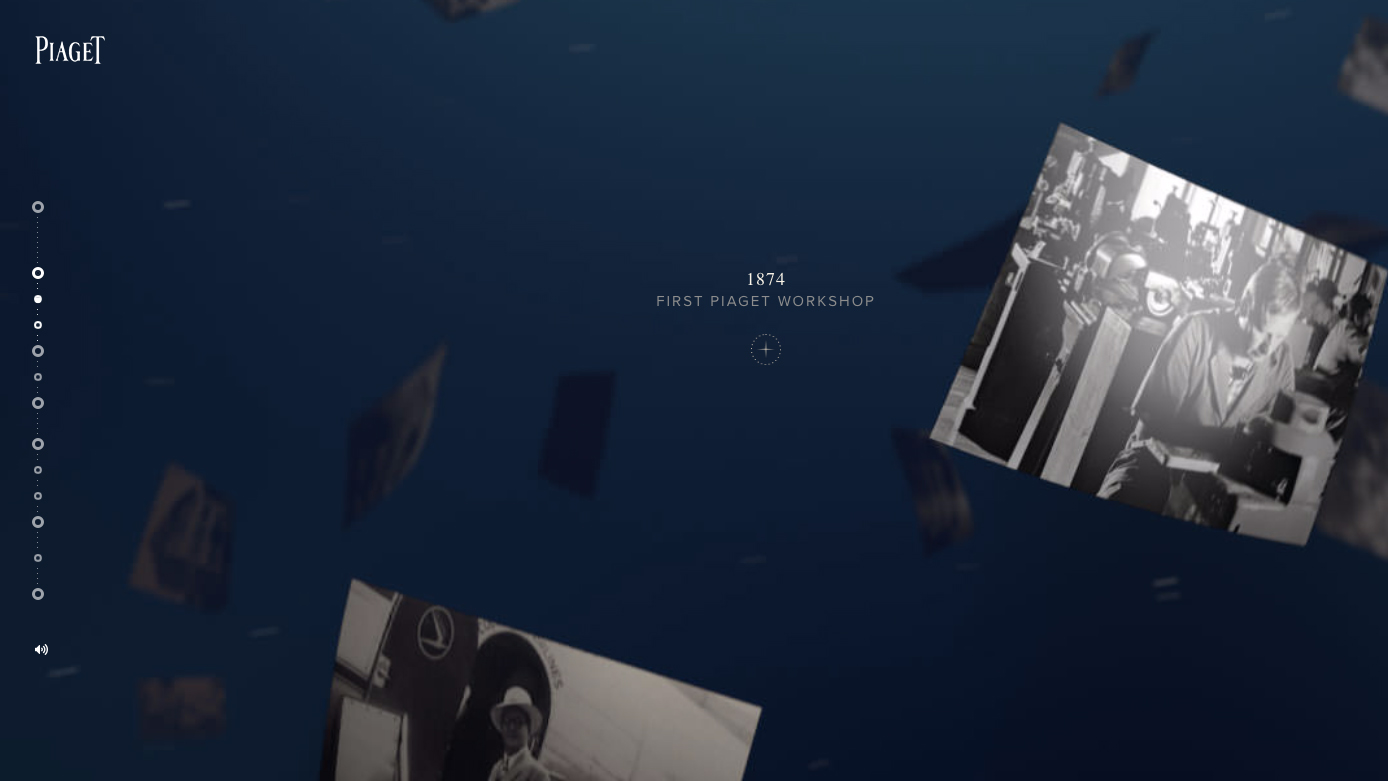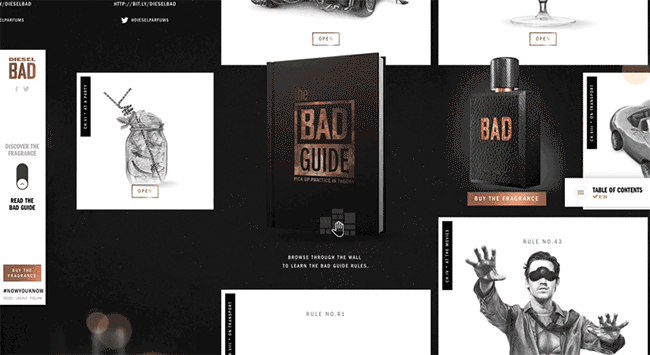
The emergence of augmented and virtual reality in multiple industries, as well as an increasingly vested interest in artificial intelligence, are changing how we design user interfaces. UX and UI designers are entering exciting new arenas, in which they can develop richer, more immersive user experiences.
While these developments in technology have given designers the ability to do much more than they’ve been able to before, it’s also pushed them to adjust their skillsets and creative approaches from both narrative and technical standpoints.
A focus on movement
AR and VR have inspired and changed the way we approach digital storytelling, even outside of the AR and VR space. Increasingly, designers are looking to mimic the look and feel of physical movement in the virtual space – taking the trend that started with parallax scrolling to a whole new level. The aim is to create experiences that are human-centred and guide the user on an emotional and functional level.
We've already seen several innovative uses of rich animation and unique navigation that resemble AR and VR experiences. Piaget, for instance, has touted its luxe Altiplano 900P watch line by making clever use of scrubbing video through user interaction, swapping content at key points to add an extra level of focus on the product.

Clothing brand Diesel’s Bad Guide site, meanwhile, offers an elegant viewing and browsing experience using parallax treatments to create a playful, intuitive and in-depth look at its Bad fragrance line.
Intelligent interfaces
As tools like AI become more powerful, they will have a greater effect on design. For example, one of the main benefits of a strong AI is personalisation – a digital experience that learns from the user's behaviour and truly, progressively adapts to deliver something of value that improves their life.
A strong AI could create its own interface for the user, one that adapts to their preferences in real time, in turn enabling designers to focus more on the emotional UX as opposed to worrying as much about graphic design and layout.
Get the Creative Bloq Newsletter
Daily design news, reviews, how-tos and more, as picked by the editors.
It’s an intriguing challenge to truly streamline the user's experience while they’re interacting with your product
Amazon and Mint have, to a certain level, attempted to adapt their experiences to a user’s behaviour. Amazon, for instance, makes recommendations for new products based on user actions, while replenishing subscription-based products like hygiene or food items.
Mint, meanwhile, focuses on spending behaviour and cost savings. In doing so, the site knows which credits cards you use along with your spending habits, and in turn can tailor what users see on the app to help them save money, warn of overspending and present relevant information.
Still, it’s an intriguing challenge to truly streamline the user's experience while they’re interacting with your product. The role of a UX designer will become more specialised, and require closer collaboration with designers, developers, and even support teams. The key is to identify what is relevant to the user and eliminate the rest. This will focus engagement which, in turn, can lead to higher conversion.
Future-proof skills
The increasingly specialised field of UX/UI will require designers to amplify their focus, both technically and creatively. From a technical standpoint, mastering prototyping tools will be highly important. Creatively speaking, information design, visual hierarchy and consistency will all become essential for future success.
As new tech like AI, VR and AR pervades our workflows and the role of UX designers continues to be redefined, the ultimate keys to survival are being nimble and adaptable. Don’t lock yourself into anything and don’t think that we’ll constantly live in a world of top-down navigation and off-canvas menus.
Rules have constantly been bent and broken in art, graphic design, storytelling and interactive design, and it’s time to shake them up again.
Read more:

Thank you for reading 5 articles this month* Join now for unlimited access
Enjoy your first month for just £1 / $1 / €1
*Read 5 free articles per month without a subscription

Join now for unlimited access
Try first month for just £1 / $1 / €1
